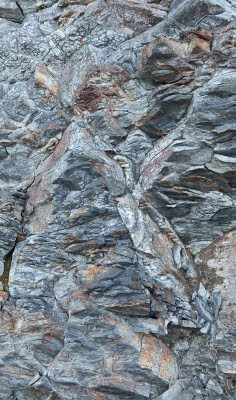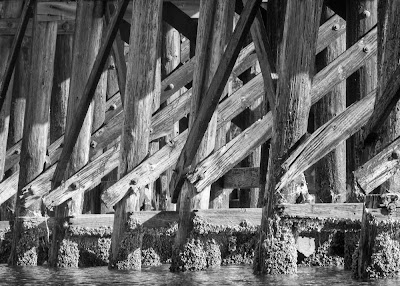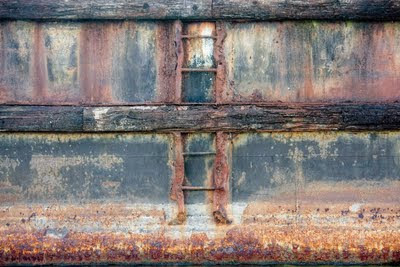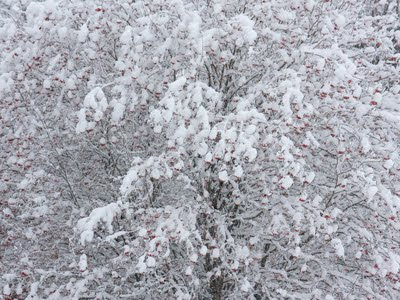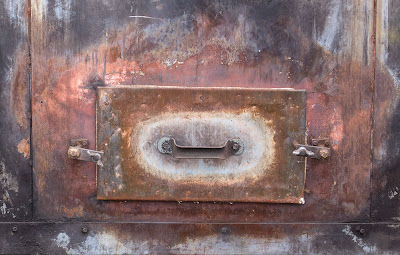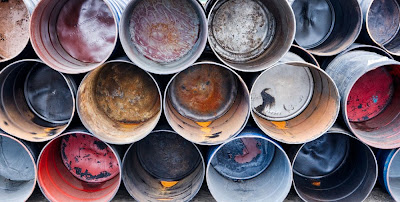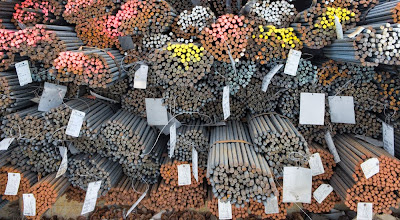What kind of photographer are you? Do you see yourself as:
careful, methodical, efficient, cautious, organized, logical, productive, do you photograph in logical sequences and steps?
or, are you
spontaneous, thinks outside the box, easily distracted, fascinated by all manner of odd things, risk taking, creative?
In other words, are you attention deficit, or obcessive compulsive?
Some people are strongly one way or another. If you turn the first list into negatives, that's me, disorganized, messy, late, def. not sequential and I tend to go with my gut instincts photographically - it works because it works - I may be able to explain why afterwards but that's not why I'm attracted in the first place.
So, how could knowing your own tendencies help you in your photography? There are probably only a small minority of us who nicely straddle both groups - who are highly organized and efficient, yet spontaneous and creative and so on. In reality most of us lean one way or the other in either our strengths or our weaknessses. This being so, recognizing these will allow us to work on our weaknesses and take advantage of our strengths.
Now, human nature is such that we tend to practice what we are already good at, ignoring those areas where we 'suck', so breaking with tradition and improving those areas where you are weak will reap huge benefits.
For the illogical person, check lists - of equipment - of compositional steps or whatever may be useful. Rearranging so there is a labelled place for everything and insisting that you put everything back in place will help. I know that I am careless about picking up my backpack without checking to see if it's zipped - so I zip it up every time I remove or return something - might explain why I wore out the zipper in my last pack, but anyway, that's how I get around my weakness. It would be handier to leave the backpack open till I'm finished, but a lot harder on the lenses if I pick it up without zipping it (yes, I learned this the hard way).
You may be less familiar with ways in which you can become more spontaneous, creative, thinking non linearly, jumping ahead, thinking outside the box etc. There are books with creative exercises - for example those by Freeman Patterson. There are workshops like those by Jay Maisel and Craig Tanner which specifically encourage being creative and breaking rules and observing and letting yourself see in a non labeling, non judgmental way.
You can easily assign yourself a small project which takes you out of your comfort zone (not another damn landscape, etc.), which forces you to do things differently (like me locking up my tripod), or limiting you to one lens, or one location.
An oft recommended assignment is to photograph in a bathroom. The logical person looks round and sees a series of boring items - a toilet, sink, bathtub. The creative person wonders what it would look like to photograph the water coming out of the tap, at a variety of shutter speeds, or photographing the curve of the toilet bowl with shadow only, or climbs into the tub and photographs the shower curtain from below. They take a bath towel and try placing it in interesting folds, patterns and shapes. They undress, hang their slacks on a hook and photograph the belt hanging down.
The ideal photographer would look at the two lists above and declare that both describe him/her to a tee, but people like that are rare as in many ways the two lists are opposites of each other - like being both tall and short. The trick is to pick up enough of the skills and strategies of the other type of person to help you take advantage of the strengths you already have.


